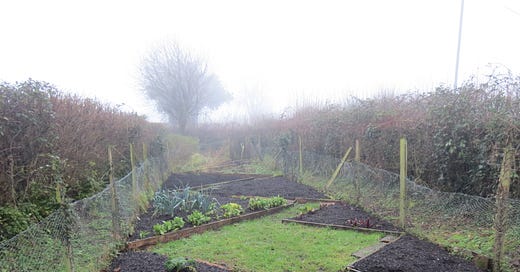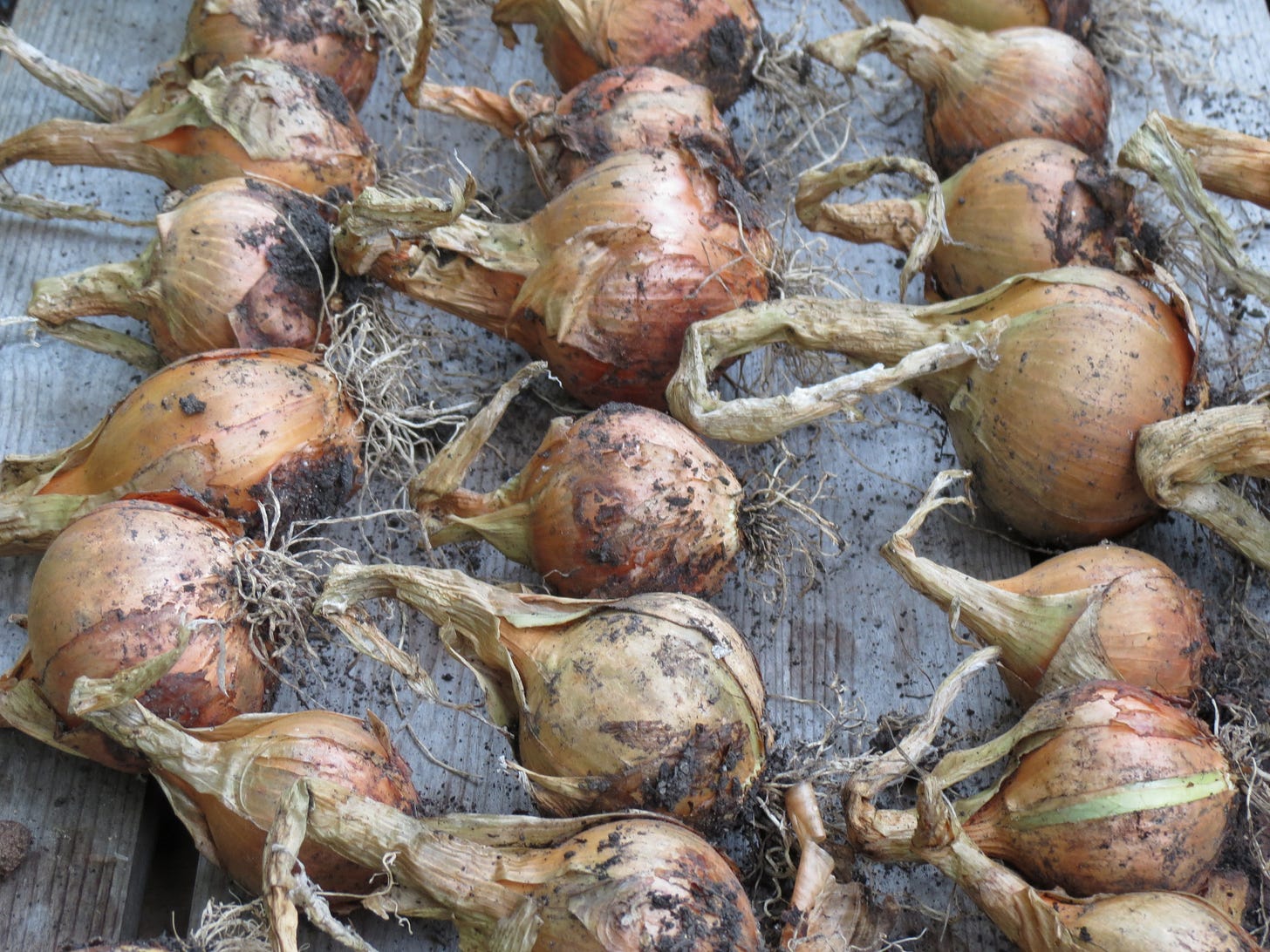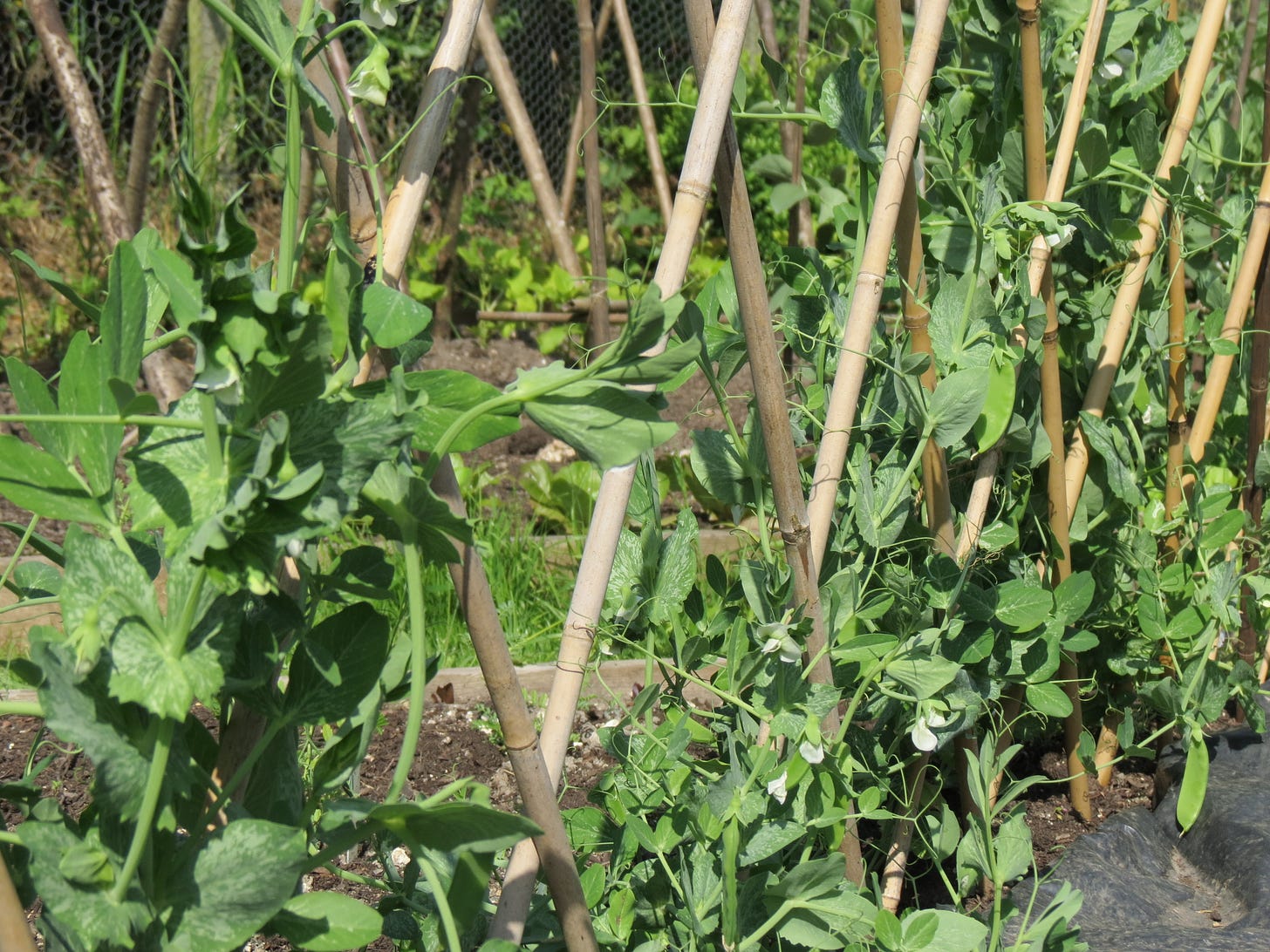I love a good question. I get quite a lot of them what with one thing and another: from the many enthusiastic gardeners who come along to hear my talks at gardening clubs across the south-west of England, and from the students I teach on my online course with Learning with Experts. Whenever word gets out that I’m a gardener at a party, or any gathering really, it’s not long before people start sidling up and asking for advice, too.
I love it, and wouldn’t have it any other way: I am, after all, first and foremost a communicator, and I’m all about sharing whatever experience I have, as best I can. In fact I often learn as much as the person asking the question: the challenge of explaining some complicated concept in a clear and relevant way, or simply a question there’s no answer to (or not a straightforward one, anyway).
I used to be quite apprehensive about answering questions, worrying I would be asked something outside my immediate experience (and if there’s one thing gardening has taught me, it’s that there’s always someone who knows more than you do, however long you’ve been at it). Then I realised that on the whole, the difficult questions are the exception. Most people don’t want to know about the finer points of permaculture, or the optimum germination temperature for okra seeds. They want to know where to start – and what to do next.
Now there, I can help.
I try to share my day-to-day growing experiences here on Greenery, but it’s all a bit haphazard as it really depends on what I happen to be up to that week. So I decided I would try and put it all into some sort of order.
The result was this: a course which goes right back to basics. This year I’ll be taking your hand and guiding you through the whole process of getting a vegetable patch up and running from scratch, using the most sustainable, low-impact, planet-friendly ways of gardening right from the start.
Though the course is aimed at beginners, I hope there will be plenty to interest more experienced gardeners, too: after all, the techniques I use may not be the ones you’ve been using all these years, and it’s always worth trying something new.
I’ve divided up the course into twelve main topics, one for each month. To back up the lessons I’ll be hosting a chat the day after each lesson is published: if my schedule holds, I am planning to publish on the Tuesday of the second full week of each month (so you’ll find the first lesson popping up here next Tuesday, 9th January). That means we’ll have Wednesday on the chat to talk through any issues. And there’s always the comments section if you prefer.
All this may change – as this is the first time I’ve tried this, we may find there are better ways to do things, but I will keep you posted on these pages and together we’ll work it out!
So here’s the schedule:
Lesson 1: Getting to know your new plot Choosing the right spot, and figuring out the strengths and weaknesses of your growing space.
Lesson 2: Shaping up for growing How to get a new veg patch ready for growing, from soil preparation to whether or not to build raised beds.
Lesson 3: The masterplan Designing the perfect plot - what to put where, and how to arrange your growing space.
Lesson 4: Getting creative It’s not all cabbages and carrots, you know: how to introduce a little design to your layout and make it a place that delights and excites.
Lesson 5: What to grow How to work out what you want to grow in your veg patch, and five veg to start growing now.
Lesson 6: What to do next How to keep your veg patch running well, providing a constant stream of good food all year round.
Lesson 7: Problem solving Planet-friendly ways to keep your veggies safe from all the creatures that want to eat them as much as you do.
Lesson 8: Keeping up with the harvest How to pick and preserve all that lovely food you’re growing, so you can keep eating home-grown well into winter.
Lesson 9: Growing under cover Do you really need a greenhouse? And what do you do with one when you’ve got it?
Lesson 10: Putting your garden to bed End of season advice to make sure your veg patch stays safe through winter.
Lesson 11: Fruit Winter is the best time of year by far to start planting fruit – and no veg plot is complete without it.
Lesson 12: Off we go again! Getting ready for your second season, and how to expand your growing repertoire at a pace you can handle.
The whole course is available to all paid subscribers. I hope you’ll find this makes your subscription particularly good value this year! If you want to try out the course and see if it’s useful, I’d suggest a monthly subscription for about the price of a cappuccino at your local coffee shop. Or if you’re sure this course is what you’ve been waiting for all along – try the big savings option with an annual subscription which works out about half the cost of a monthly one.
And of course as a paid subscriber you’ll also have full access to the Greenery archive, plus one or two extra subscriber-only posts I write each week with all sorts of stuff in them, from recipes and recommendations to how-to instructions and (when I can get my camera to stay horizontal) videos too.
I’m really looking forward to walking you through your veg-growing season - and helping you to make it your best season yet. First lesson next Tuesday - let’s get started!







